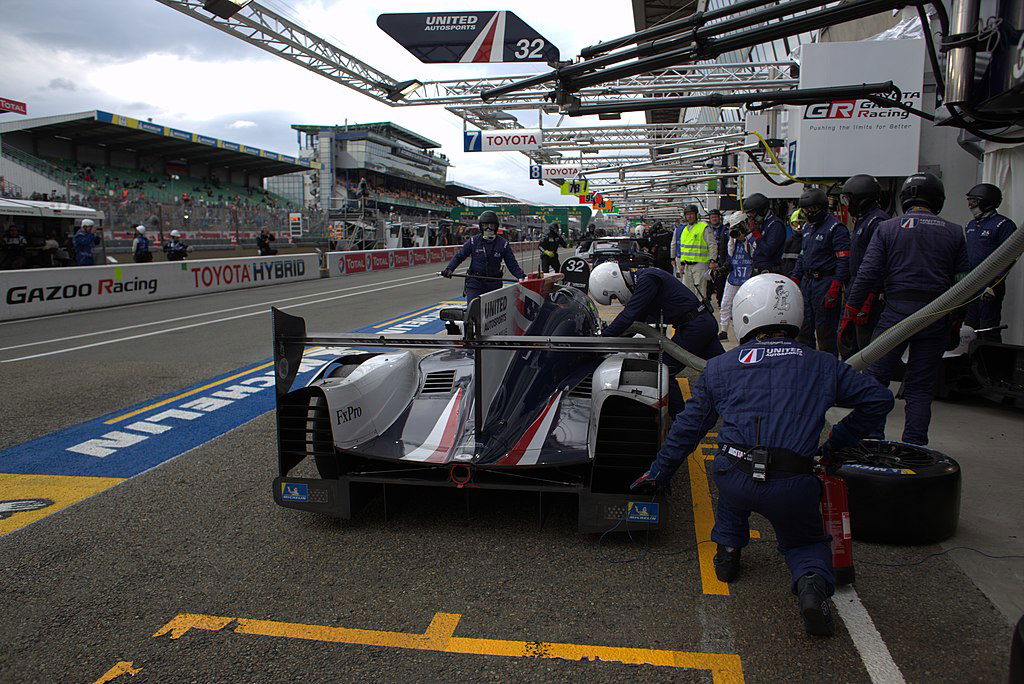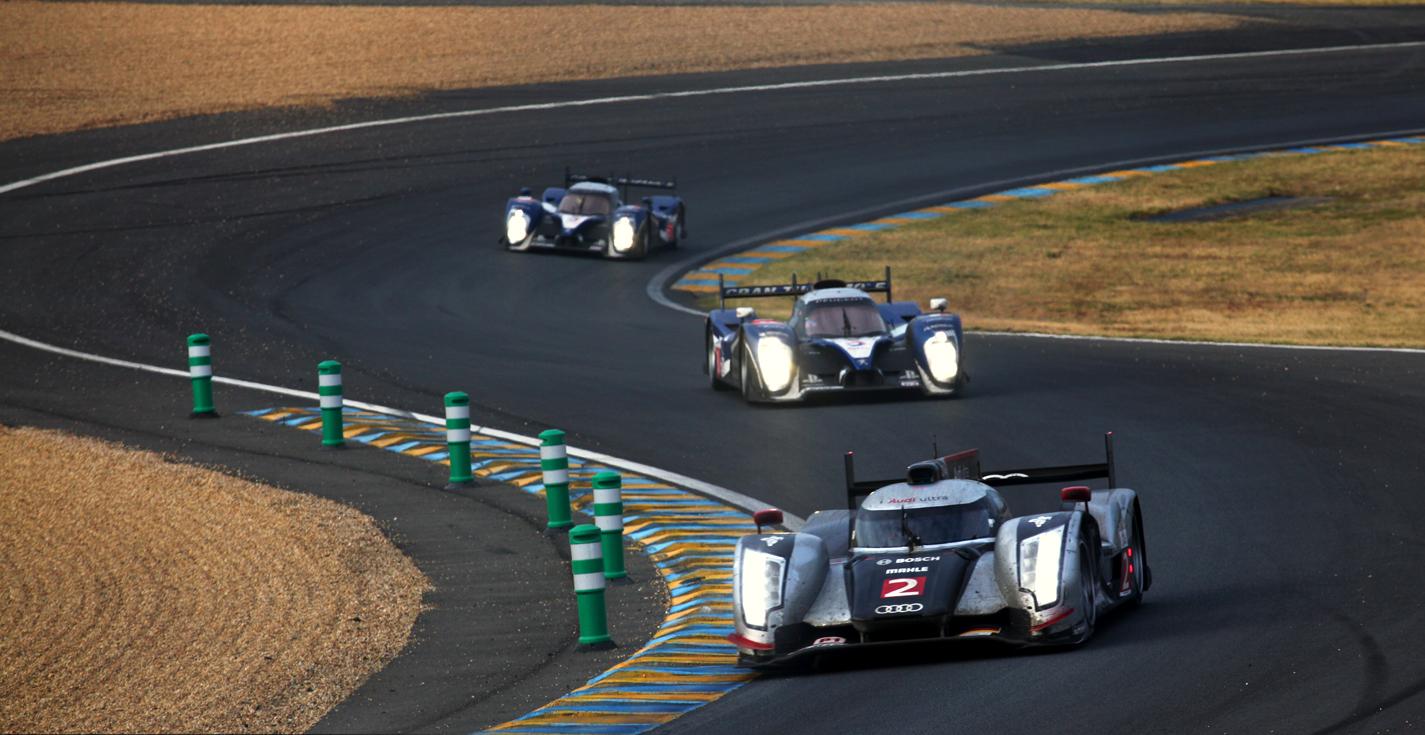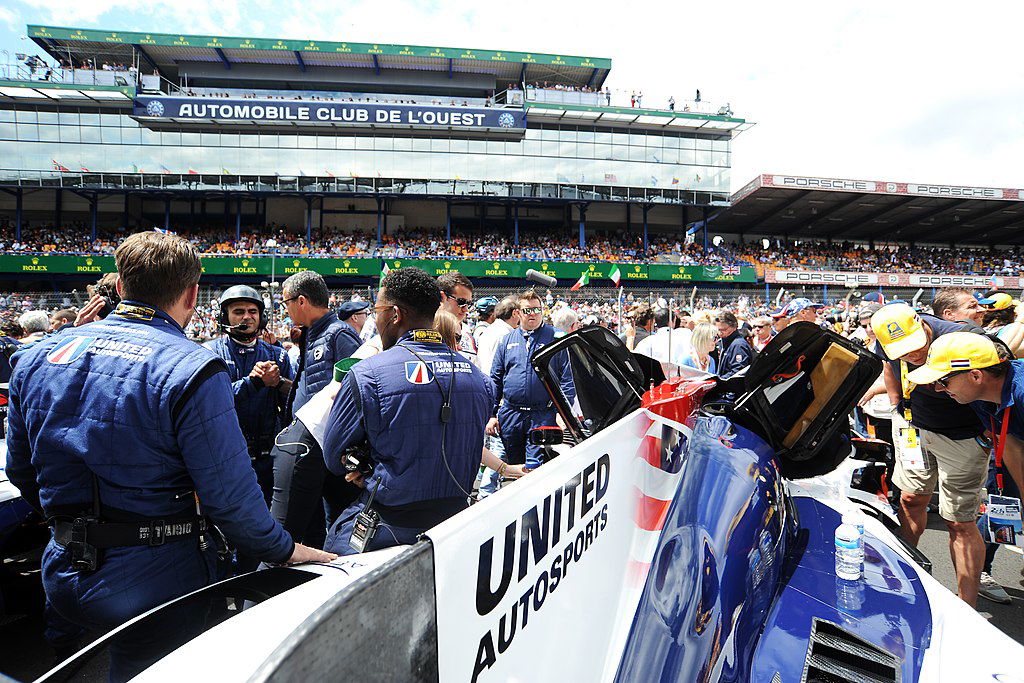As the name implies, Le Mans, better known as the 24 Hours of Le Mans, is an internationally acclaimed endurance racing event held annually in Le Mans, France.
This race is widely regarded as one of the most prestigious automobile races in the world, demanding not only speed but also reliability and fuel efficiency.
As such, the Le Mans rulebook is a complex system designed to ensure fair competition and safety. In this article, we'll delve into the five most important rules in the Le Mans rulebook and demystify the penalty system.
Related Reading: Believe it Or Not, NASCAR Ready To Hit Le Mans On A Modified Camaro
Rule 1: Driver Stint Duration

The most significant rule, and perhaps the most distinctive, concerns the duration of a driver's stint. A driver cannot be behind the wheel for more than 14 hours in total during the 24-hour race.
Additionally, no driver can drive for more than four hours in a six-hour period. This rule is designed to promote driver safety by preventing excessive fatigue.
For instance, during the 2015 24 Hours of Le Mans, the Dempsey-Proton team got penalized for violating the maximum driving time regulation. Patrick Long was at the wheel for too long (pun intended), resulting in a stop-and-go penalty.
Rule 2: Minimum Pit Stop Time

Pit stops in Le Mans are strategically vital and strictly regulated. Each car must remain stationary for a minimum time during pit stops, depending on the type of service being performed. There have been numerous occasions when teams have been penalized for unsafe releases or too fast pit stops.
For instance, in the 2016 race, the Ford Chip Ganassi team received a penalty for an unsafe release in the pit lane. This rule is designed to level the playing field and minimize the risk of mistakes caused by rushing.
Rule 3: Car Classification

Le Mans features a variety of car classes, each with its own set of rules and regulations. These classes currently include LMP1, LMP2, LMP3, GTE Pro, and GTE Am.
In 2014, the Rebellion Racing team was moved from the LMP1 to the LMP1-L category because their car didn't meet all the regulations for the hybrid systems required in the LMP1 class.
Each class has specific rules regarding minimum weight, maximum power, and allowed modifications. This diversity creates exciting multi-class racing, where teams compete not only for overall victory but also class victories.
Rule 4: Homologation Requirements

To compete in Le Mans, cars must meet stringent homologation requirements. A notable case from 1968 involved the Ford GT40, where the car was disqualified because it did not meet the homologation requirements.
The car's boot (trunk) was not large enough to fit the regulation-sized suitcase, which was a requirement at the time. These regulations ensure that the vehicles used are production-based or prototype-based and meet specific safety standards.
This rule maintains the connection between the race cars and their road-going counterparts, enhancing the relevance of Le Mans to the automobile industry.
Rule 5: Energy Efficiency

Le Mans is a race of endurance and efficiency, not just speed. Rules require teams to manage their fuel consumption and energy usage effectively. For instance, hybrid cars must adhere to a specific energy allocation per lap.
In the 2014 race, the Toyota team was given a stop-and-go penalty for exceeding the maximum allowed fuel flow limit. As for the penalty system, a notable case was in 2016 when the G-Drive Racing team was disqualified due to illegal modifications to their car's fuel tank.
These examples underline the importance of strictly following the rules in an event as prestigious as Le Mans. Even minor infractions can have significant ramifications on the outcome of the race. The efficiency rule, particularly, encourages technological innovation and demonstrates the relevance of the Le Mans race to the development of road car technology.
Related Reading: Your comprehensive guide to Formula One: Everything You Need To Know
Understanding The Penalty System

The penalty system in Le Mans is designed to enforce the rules and maintain fair play. Penalties range from time penalties added to a team's final race time, through stop-and-go penalties, to disqualification in severe cases.
Minor infractions, such as speeding in the pit lane or overtaking under yellow flags, typically result in time penalties or stop-and-go penalties. More serious offenses, such as ignoring black flags or causing avoidable accidents, can lead to disqualification.
When a stop-and-go penalty is issued, the driver is required to enter the pit lane, come to a complete stop in their designated pit box, and remain stationary for a specified period of time. This penalty serves as a punishment for the infraction committed.
The duration of a stop-and-go penalty can vary depending on the severity of the rule violation, and it is typically determined by race officials or stewards. Once the required time has elapsed, the driver is allowed to resume racing.
Stop-and-go penalties can significantly impact a team's race performance since the time spent in the pit lane can result in a loss of positions and valuable track time. The stewards of the race are responsible for monitoring and enforcing the rules.
They can review video footage, telemetry data, and marshal reports to make informed decisions about potential penalties. Teams can appeal certain decisions to the FIA's International Court of Appeal, so, there’s a fair process to everything.
24HR Le Mans Without Rules

The saying that without rules there can be chaos and confusion holds particularly true in the thoroughly exciting, and admittedly dangerous world, of motorsport. The Le Mans rulebook is a complex but crucial part of what makes this 24-hour race a thrilling and fair competition.
From driver stints to car classifications, each rule serves a purpose, whether it's enhancing safety, promoting fair play, or encouraging technological innovation. Similarly, the penalty system is designed to enforce these rules and maintain the integrity of the race.
Whether you're a seasoned veteran or a newcomer to the world of endurance racing, understanding the rules and regulations of Le Mans can greatly enhance your appreciation of this iconic event.
Remember to stay updated with the latest Le Mans rules and regulations as they continue to evolve, reflecting the dynamic nature of motorsports and the ongoing quest for speed, efficiency, and safety in the world of endurance racing.